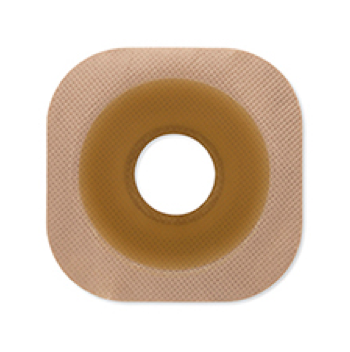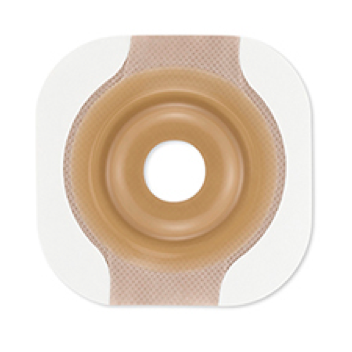When Paige started seventh grade, she was excited to meet new friends and begin new classes, like most 12-year olds! Her life quickly changed when she began to experience medical complications. At the beginning of seventh grade, Paige started having to make frequent visits to the bathroom, as much as 12 times a day. Paige and her family sought out answers and treatment at a nearby hospital where the doctors found a parasite in her colon called cryptosporidium, which causes diarrheal disease.
Due to her Ulcerative Colitis diagnosis at the age of 10, the parasite was life-changing for Paige, as it destroyed her colon. “They told me that with how bad my colon was, I should have died.”
Paige went through a variety of treatments to save her colon. This started with receiving Remicade as an IV treatment…Paige’s body did not respond well. The next step in treatment was to try a j-pouch, again her body did not respond well to this treatment, but a j-pouch was tried one more time with the same outcome. After her two failed j-pouch operations, Paige continued to be sick and only had 8 feet of intestines left. Her mother, Cristy, discussed with her doctors to do something different since the j-pouch was not working, and that’s when Paige had surgery to receive a permanent ileostomy. After months of hospital stays, her life was saved with her ostomy. Paige’s journey doesn’t stop there. After being discharged from the hospital, Paige had trouble finding a pouching system that helped provide a secure fit to her body.
“We left the hospital with an ostomy pouching system that had a 12-hour wear time, at best,” says Cristy. “I went mama mode and searched for a better product. Luckily, we found a great gal on the other end of the Coloplast® Care phone line who answered all our questions and gave us just that!,” she said.
Once Paige found a pouching system that worked for her and started to gain her confidence back, she saw the need to create more resources for teenagers living with an ostomy, because there wasn’t much out there!
“I play volleyball, I go to camps that are just like me (Youth Rally), I attend high school dances, I go on dates…I do it all! Coloplast helped me find the best fit for my body. They may be able to help you too. I have used Coloplast for 4 years now and I still feel confident in my pouch.”
According to Paige, living with her ostomy is not always easy. Along with the physical challenges, there are mental challenges from her experiences as well. Paige encourages anyone experiencing mental challenges to speak up and find someone to talk with.
To help other teenagers living with an ostomy, Paige and Cristy contacted Coloplast, and they partnered together to create a care guide specifically for teenagers!
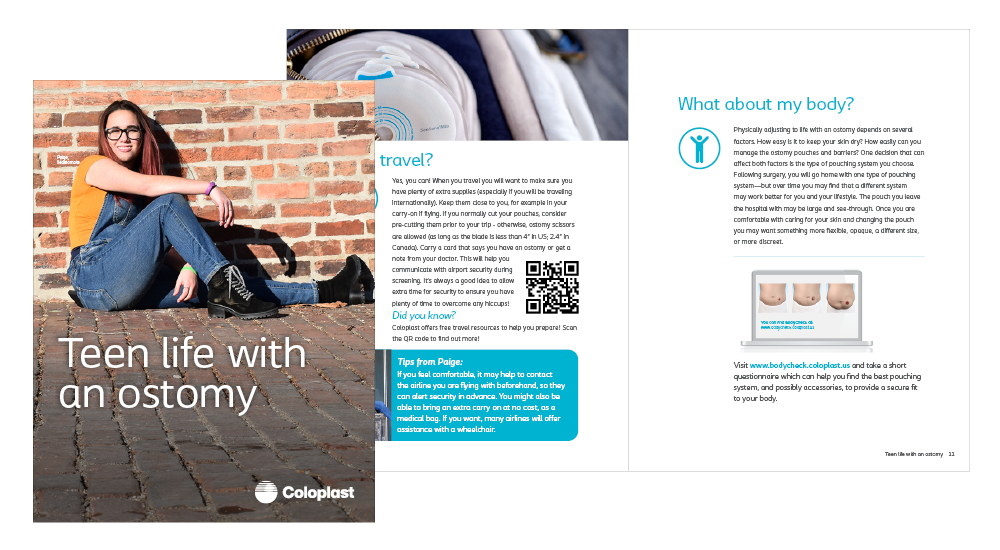
Throughout this booklet, Paige hopes to share the tips and tricks that worked for her as well and provide answers to common questions.
Download a free copy of this teen resource here: https://www.coloplast.us/landing-pages/teen-booklet/
*Paige is a Coloplast product user who has received compensation from Coloplast to provide this information. Each person’s situation is unique, so your experience may not be the same. Talk to your healthcare provider about whether this product is right for you.
Editor’s note: This article is from one of our digital sponsors, Coloplast. Sponsor support along with donations from readers like you help to maintain our website and the free trusted resources of UOAA, a 501(c)(3) nonprofit organization.

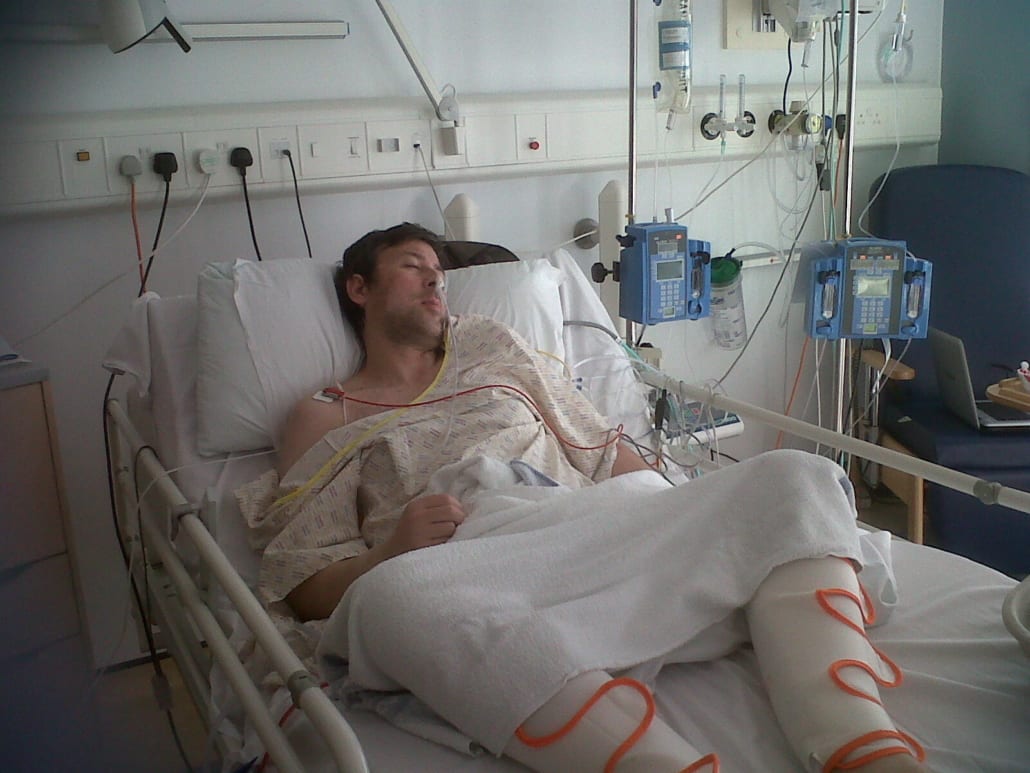

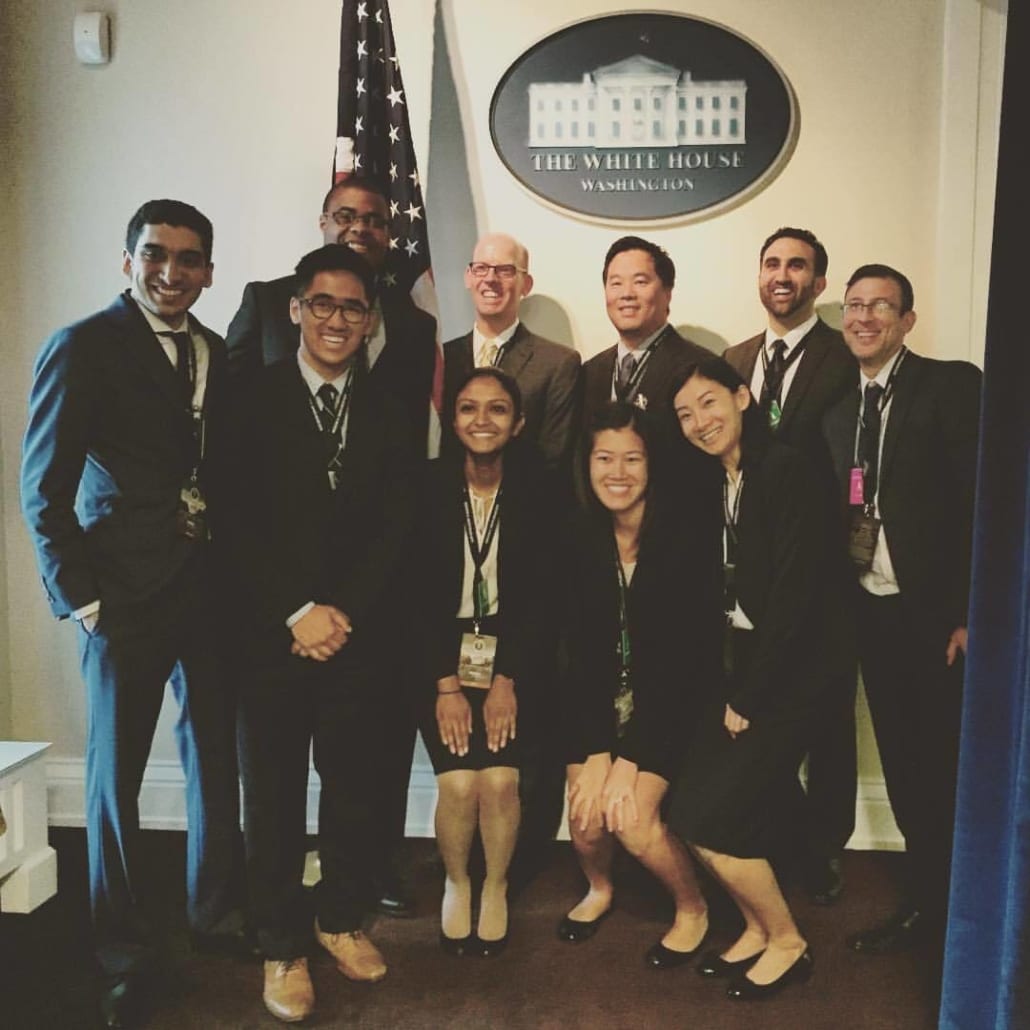
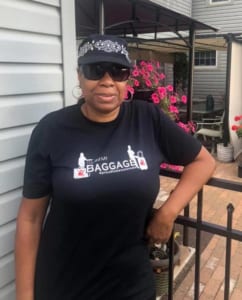
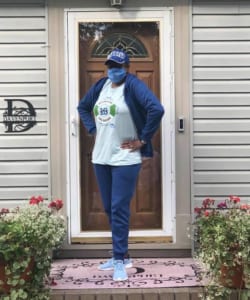 The past few years were filled with so much grief, with the most current being the death of my mom on July 4th 2019, only three days after my 60th birthday. I was feeling the deep void of losing a brother and both parents within 4 years, depression was setting in. I had support but I felt helpless and lost. What is my purpose in life? How can I make my mom proud?
The past few years were filled with so much grief, with the most current being the death of my mom on July 4th 2019, only three days after my 60th birthday. I was feeling the deep void of losing a brother and both parents within 4 years, depression was setting in. I had support but I felt helpless and lost. What is my purpose in life? How can I make my mom proud?